A Day in the Life of a Conference Photographer
When most people think of conferences, they picture keynote speakers, bustling networking sessions, and endless cups of coffee. But behind the scenes, another kind of professional is hard at work: the conference photographer. My job isn’t just about taking pictures—it’s about telling the story of the event, capturing its energy, and giving organizers a visual record they can use long after the lights dim. Here’s what a typical day looks like from my side of the lens.
Early Morning: Preparation and Arrival
My day usually starts early—sometimes before sunrise. The night before, I’ve already packed my gear: multiple camera bodies, a range of lenses (wide-angle for room shots, telephoto for candid moments), flashes, extra batteries, memory cards, and backup equipment. At a large conference, there’s no room for error.
When I arrive at the venue, I check in with the event organizer or communications team. We go over the shot list, confirm the schedule, and clarify any must-have images: keynote speakers, sponsor booths, panel discussions, or candid networking. Every conference has its own priorities, and my job is to align with them.
Morning Sessions: Capturing the Energy
As attendees start arriving, my work begins. The opening of a conference is full of energy—people reconnecting, exchanging business cards, grabbing coffee, and finding their seats. These candid moments are gold. They show the human side of a professional event.
When the keynote starts, the challenge shifts. Capturing a speaker isn’t just about documenting who was on stage. It’s about freezing expressions, hand gestures, and moments of emphasis that reflect their passion and expertise. I also make sure to include wide shots of the audience reacting, laughing, or taking notes. Those photos tell the story of engagement.
Midday: Networking and Breakouts
After the keynote, the schedule usually splinters into smaller sessions. Breakouts can be tricky because rooms are smaller and lighting isn’t always ideal. This is where preparation and good equipment pay off. I adapt quickly, moving silently around the room to capture speakers, audience interaction, and the overall atmosphere.
Lunch and networking breaks are another crucial time. While people may not realize it, these candid hallway conversations and sponsor interactions are often the images that event organizers love most. They show the value of connection—the reason people attend conferences in the first place.
I also keep an eye out for sponsor logos and branding opportunities. Capturing attendees interacting near branded signage or exhibitor booths helps organizers showcase value to their partners, which is often a top priority when they hire a photographer.
Afternoon: Keeping Momentum
The afternoon often brings panel discussions, workshops, or fireside chats. These sessions require a balance of coverage: close-ups of each panelist speaking, wide shots of the full stage, and candid images of the audience.
At this point in the day, energy can dip—both for attendees and for me. Staying alert is part of the job. I keep moving, switching lenses and angles to keep the images dynamic. A photo of a panelist is fine, but a photo of a panelist with a rapt audience member leaning forward in the foreground? That tells a story.
Evening: Receptions and Closing Events
If the conference includes an evening reception or gala dinner, my role shifts again. The lighting changes—sometimes dim, sometimes dramatic—and people are more relaxed. These are the moments when attendees let down their guard, and the photos often reveal genuine smiles, laughter, and connection.
Capturing these social scenes is less about formality and more about warmth. It’s where I lean into storytelling, focusing on groups of colleagues celebrating, clinking glasses, or sharing a laugh.
Post-Event: The Hidden Work
By the time I pack up my gear and head home, most attendees are winding down or heading to their hotel rooms. For me, the work isn’t finished. A conference day can easily rack up thousands of images, and the editing process is just as important as the shooting.
I back up everything immediately—usually to multiple drives—to avoid any risk of data loss. Then comes culling: selecting the best shots that represent the event without redundancy. From there, I edit for clarity, brightness, and consistency. The goal isn’t heavy retouching, but rather making sure the images reflect the true atmosphere of the conference.
Organizers often need a handful of photos delivered quickly, sometimes even on the same day, for press releases or social media. I prepare a small highlight reel for immediate use, then deliver the full gallery within a few days.
Why It Matters
At the end of the day, conference photography isn’t just about images—it’s about value. Organizers invest heavily in planning, speakers, venues, and marketing. High-quality photos extend the life of that investment, helping promote future events, attract sponsors, and give attendees a reason to return.
For me, the reward is knowing I’ve captured moments that might otherwise be forgotten—the handshake that sealed a partnership, the standing ovation for a keynote speaker, the quiet concentration of an audience member scribbling notes. These images are the lasting record of a conference, and being trusted to document them is a privilege.
Final Thoughts
A day in the life of a conference photographer is long, busy, and physically demanding, but it’s also energizing. Every event is unique, every crowd has its own rhythm, and every shot is a chance to freeze a moment of connection or inspiration.
So the next time you attend a conference and see a photographer weaving through the crowd with a camera, know that they’re not just taking pictures—they’re preserving the story of the event for everyone who was there (and even those who weren’t).



